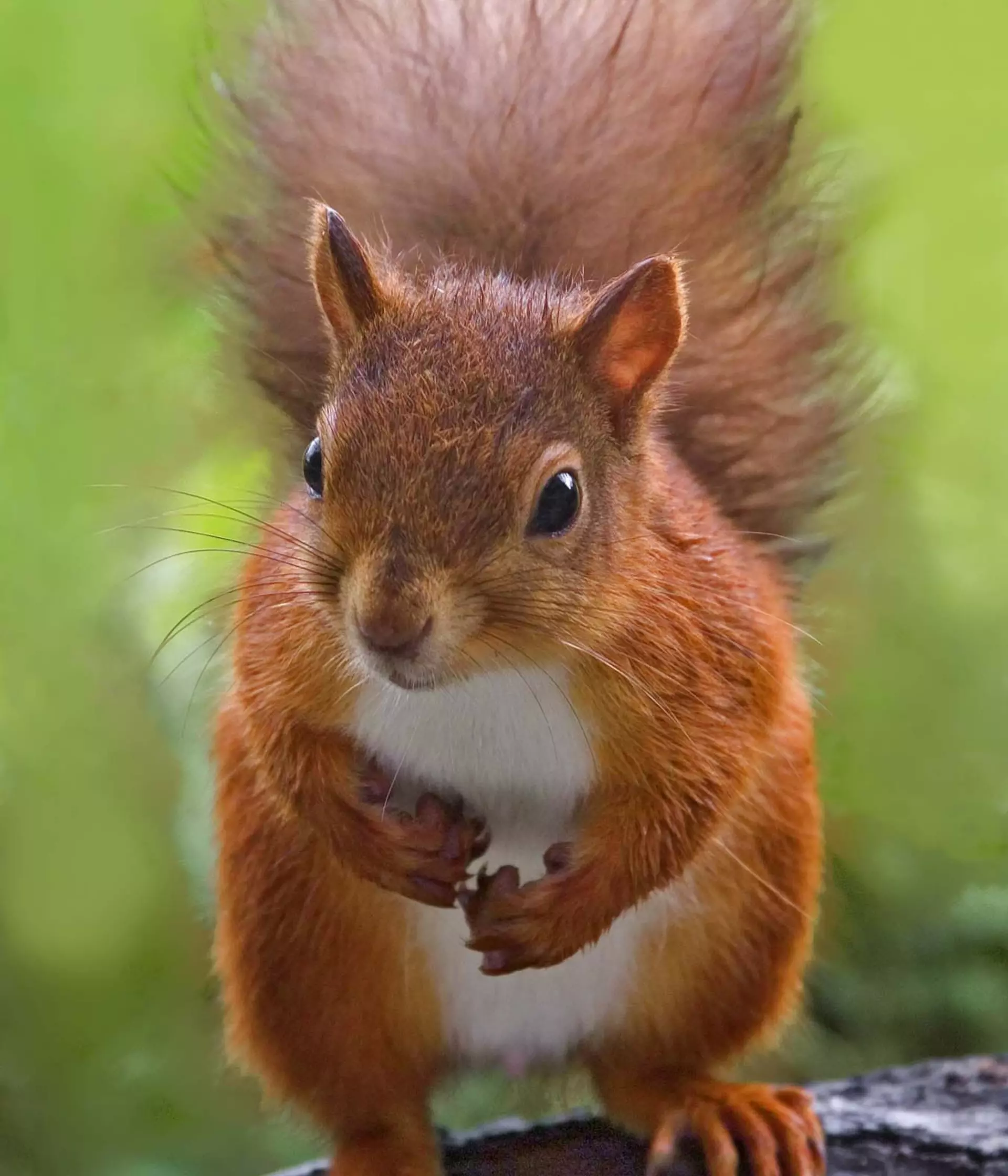
Dr Tony Sainsbury
Senior Lecturer Wild Animal Health
In recent years, there has been enormous enthusiasm for red squirrel reintroduction programmes in Great Britain
In recent years, there has been enormous enthusiasm for red squirrel reintroduction programmes in Great Britain as the range and numbers of this, much appreciated, native species tumbles in the face of an ever-successful expansion of the competitive grey squirrel.
The first reliable record for grey squirrel reintroduction, imported from the Eastern USA, was in Cheshire in 1876. Other introductions followed, resulting in a relentlessly increasing grey squirrel population throughout the British Isles.
In the early 1900s, reports started to appear in newspaper articles and natural history newsletters of a ‘mange’ affecting red squirrels and many red squirrels were found dead with similar signs, especially in southern England. The first scientific work to try to explain the changing distributions of red and grey squirrel was published in the 1930s but it wasn’t until the 1990s that the true impact of the disease, known by this time as squirrelpox, was elucidated.
Squirrel pox in the late 1990s
Through a series of complex epidemiological studies it became clear that the major reason for red squirrel decline in England, Wales and later, from the late 1990s onwards, in Scotland, was squirrelpox (see photo below) and that the grey squirrel harboured the virus causing the disease.
Outbreaks of the disease still occur in mainland remnant populations of red squirrels where grey squirrels encroach, and despite sterling and sustained conservation efforts the range of the red squirrel continues to decline. In the face of this gloomy picture for red squirrel conservation, it is attractive to try any possible conservation solution and there has been sustained interest in red squirrel reintroduction.

Protecting reintroduced animals
In a scientific paper published at the end of March 2020, ZSL scientists (including myself) and collaborators explained the substantial evidence for the threat of squirrelpox to free-living red squirrel populations in mainland UK. We called for very careful planning of any translocations because of the need for considerable resources to protect the reintroduced animals from squirrelpox over the very long term.
Such care is important given that there are no tried and tested ways to prevent red squirrels coming into contact with grey squirrels. If collected resources can be invested in planning red squirrel translocations, such that red squirrels can be protected at a landscape scale, we hope that there is a bright future for red squirrels in Britain.
More about ZSL’s work to assess and reduce the risk from disease in conservation translocations
